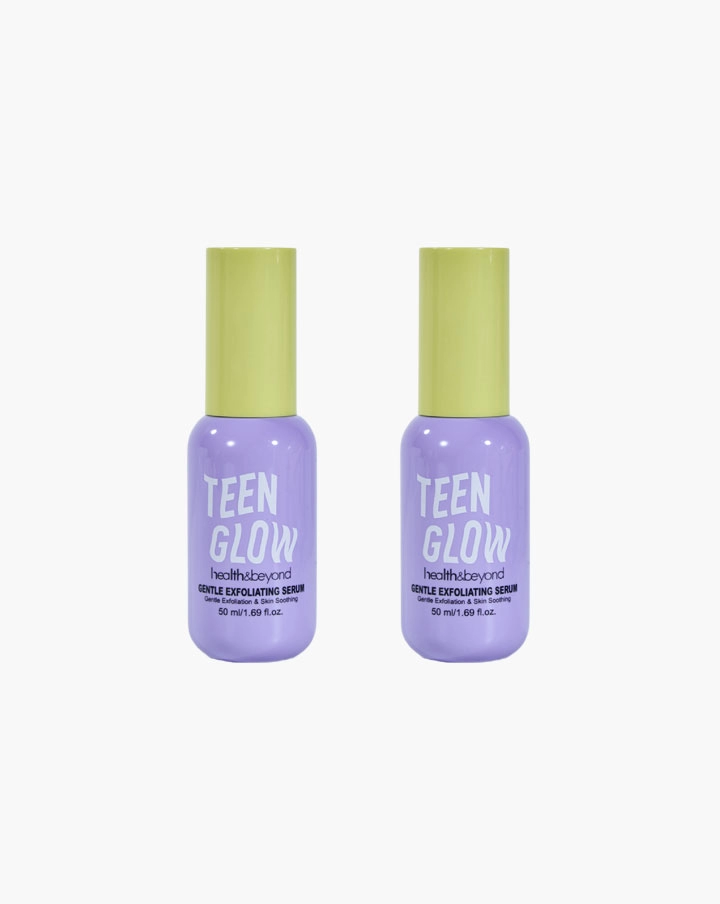When it comes to purchasing diamonds, the allure of their brilliance can often cloud judgment. Whether you’re a seasoned gem enthusiast or a first-time buyer, knowing how to distinguish a real diamond from a fake one is crucial. While diamond testers are reliable tools, there are several effective methods you can employ to determine the authenticity of a diamond without the need for specialized equipment. In this article, we will explore these techniques in detail, providing you with the knowledge to make informed decisions.
Understanding Diamond Characteristics
Before diving into the methods of identification, it’s essential to understand the fundamental characteristics that define a diamond. Diamonds are renowned for their hardness, brilliance, and fire. The four Cs—Cut, Color, Clarity, and Carat weight—are the primary criteria for evaluating a diamond's quality. Familiarizing yourself with these characteristics will enhance your ability to assess a diamond's authenticity.
- The Water Test
One of the simplest methods to check if a diamond is real is the water test. Fill a glass with water and gently drop the diamond into it. A genuine diamond will sink to the bottom due to its high density, while a fake diamond, such as cubic zirconia, may float or remain suspended in the water. This method is straightforward and can be performed at home with minimal effort.
- The Fog Test
Another effective technique is the fog test. Breathe on the diamond to create a foggy mist. A real diamond will clear up almost instantly due to its exceptional thermal conductivity, while a fake diamond will retain the fog for a longer period. This test is particularly useful for distinguishing between diamonds and other gemstones that may look similar.
- The Scratch Test
Diamonds are the hardest natural substance known, scoring a perfect 10 on the Mohs scale of mineral hardness. To perform the scratch test, find a material that is softer than a diamond, such as glass or a ceramic tile. Gently scratch the surface with the diamond. If it leaves a scratch, it is likely a real diamond. However, exercise caution with this method, as it can damage the diamond or the surface you are testing against.
- The Reflection Test
A diamond's ability to reflect light is one of its most distinguishing features. Hold the diamond under a light source and observe how it reflects light. A real diamond will exhibit a unique play of light, showing a combination of brilliance (white light reflection) and fire (colored light dispersion). In contrast, fake diamonds often lack this complexity and may appear overly shiny or glassy.
- The Loupe Examination
Using a jeweler's loupe or magnifying glass can provide valuable insights into a diamond's authenticity. Examine the stone closely for inclusions or imperfections, which are often present in natural diamonds. Additionally, check for the presence of a natural mark or a laser inscription on the girdle of the diamond, which can indicate its authenticity. Fake diamonds typically lack these unique characteristics.
- The UV Light Test
Under ultraviolet (UV) light, many real diamonds exhibit a blue fluorescence, while some fake diamonds do not. While this test is not definitive—since not all diamonds fluoresce—it can serve as an additional indicator of authenticity. Place the diamond under a UV light source and observe its reaction. If it glows blue, it is likely a real diamond.
Conclusion
Identifying a real diamond without a tester is not only possible but can also be an engaging and educational experience. By employing these techniques—such as the water test, fog test, scratch test, reflection test, loupe examination, and UV light test—you can confidently assess the authenticity of a diamond. Remember, while these methods can provide valuable insights, consulting a professional gemologist is always recommended for a definitive evaluation. Armed with this knowledge, you can navigate the world of diamonds with greater assurance and clarity, ensuring that your investment sparkles as brightly as it should.



